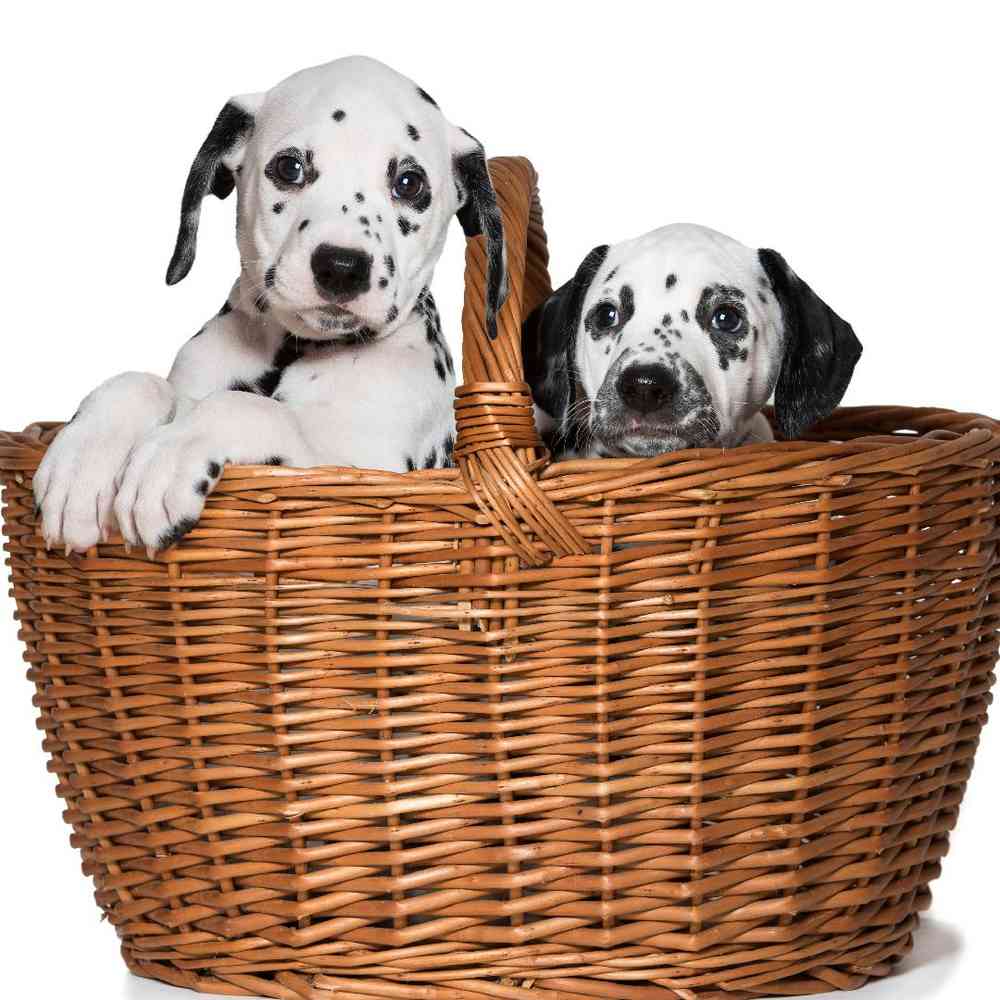Dalmatian

The dignified Dalmatian, dogdom's citizen of the world, is famed for his spotted coat and unique job description. During their long history, these "coach dogs" have accompanied the horse-drawn rigs of nobles, gypsies, and firefighters.

Want to know more about Dalmatian ?
Breed Traits
General Appearance
The Dalmatian is a distinctively spotted dog; poised and alert; strong, muscular and active; free of shyness; intelligent in expression; symmetrical in outline; and without exaggeration or coarseness. The Dalmatian is capable of great endurance, combined with fair amount of speed. Deviations from the described ideal should be penalized in direct proportion to the degree of the deviation.
Size, Proportion, Substance
Head
Neck, Topline, Body
Forequarters
Hindquarters
Feet
Coat
Color and Markings
Gait
Temperament
Disqualifications
Clubs, Registries & Associations
American Canine Association Continental Kennel Club Universal Kennel Club International American Kennel Club United All Breed Registry America's Pet Registry, Inc. United Kennel Club (Based on breed recognition. See store for details on this particular puppy.)
Group
Heritage
Description
Health Awareness
Personality
Additional Information
About
The Dalmatian’s delightful, eye-catching spots of black or liver adorn one of the most distinctive coats in the animal kingdom. Beneath the spots is a graceful, elegantly proportioned trotting dog standing between 19 and 23 inches at the shoulder. Dals are muscular, built to go the distance; the powerful hindquarters provide the drive behind the smooth, effortless gait. The Dal was originally bred to guard horses and coaches, and some of the old protective instinct remains. Reserved and dignified, Dals can be aloof with strangers and are dependable watchdogs. With their preferred humans, Dals are bright, loyal, and loving house dogs. They are strong, active athletes with great stamina—a wonderful partner for runners and hikers.
History
Standard
Nutrition
Grooming
Exercise
Training
Health
All pets have found there homes! Sign up to be notified when new pets are added so you don't miss out.


